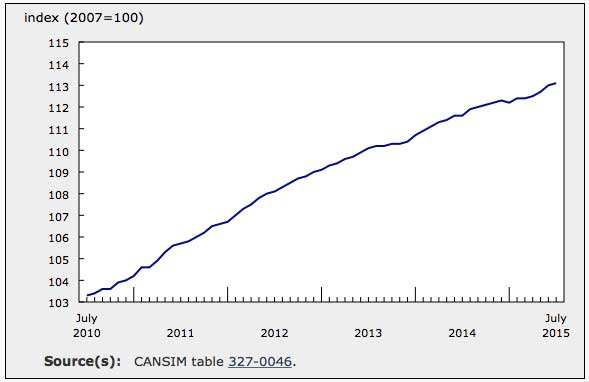Addressing Pandemic Fatigue to Boost Employee Engagement

Apr 5, 2021
By Michelle Branigan
A quick google search of the term “pandemic fatigue” shows me it’s a topic on many people’s minds. We’re certainly all living it, even if we may not have thought to define it. Pandemic fatigue is the exhaustion we feel after living for a year in the pandemic lifestyle: adjusting constantly to new factors like public health restrictions; leaving, then returning, then leaving the workplace again; job loss; death and illness; caring for our children or parents; keeping up relationships which have all turned long-distance. Even a trip to the grocery store is logistically more complicated than it used to be.
The cumulative effect of all these factors weighs on us all in many ways. Psychiatrists have pointed out that constant stress can lower our motivation. Pandemic fatigue is cited as a key reason for declining compliance with public health restrictions around the world — we’re just too tired to keep it up. But if you’re feeling disengaged at work for no particular reason, or are noticing some of your teams are struggling, this may be why.
So what can we do about it? Many things, until the pandemic is well and truly over, are beyond our ability to control or influence. But leaders and managers can start with a few strategies to support both their own well-being and that of their teams.
1. Be cautiously optimistic. Many people thought that once vaccines were announced we would be back to normal relatively quickly. However, the rollout has been slow and many people are disheartened as we head into another spring under threat of more lockdowns and/or restrictions. It is important to recognize the frustration that is felt by many while at the same time acknowledging that there is light at the end of the tunnel.
2. Remind your teams of the many mental health resources available to them, including your organization’s employee assistance program if you have one.
3. Set boundaries for your team to ensure that they don’t continue working well over their usual hours just because there’s nothing else to do (and nowhere to go). With many employees working from home the average workday can easily bleed into additional hours at the dining room table (or desk if you’re lucky enough to have a spare office).
4. Encourage rest. Both remote and in-person employees are feeling increased stress, which impacts their ability to do their jobs. In a safety-focused sector like ours, mistakes can be both dangerous and costly. Where possible, moving to an output-based system rather than hours worked is one way to encourage employees to rest when they need it. Where that is not possible, flexible scheduling and an empathetic approach to time off can encourage employees to put their health first.
5. Recognize your people. Saying thank you can go a long way, even if it’s for a regular task well done. Employee recognition can take the form of notes of appreciation, a special gift, or highlighting individuals in internal communications. Leaders can set an example that will build a culture of recognition throughout their organization and ensure that employees feel appreciated for their work.
Adjusting to constant change on the scale we’ve been living for the past year has been hard. And it continues to be hard. Adjusting expectations in our professional (and personal) lives won’t change our reality, but it may help to ease stress and improve motivation.
If you’d like to hear more about employee engagement strategies, join us on April 21 for a webinar with a Teisha Iglesias, Manager, Talent, Partners & Inclusion at the Alberta Electric System Operator (AESO) for a discussion on strategies to engages teams and measure productivity during the pandemic and beyond.
Register Here
Michelle Branigan is CEO, Electricity Human Resources Canada.

















